Creating a web site is not difficult. You may already have your own web
site or your department or organization may be able to assist you in
creating a new one. The ease with which the public can access the
Internet makes the use of web sites especially valuable in promoting your
BAW program. Your web site can be used to:
- Alert the Public
Many organizations have lectures, laboratory
tours and open houses during BAW. To alert the public to such events,
organizations can create a web site describing the events. Information on
the site should include the title/description, location and time of the
event, sponsors, and contact information (e.g., e-mail address and phone
number of BAW organizers). This information is essential for students and
teachers who may want to attend your event. The site should be posted as
soon as possible so people can make plans far in advance.
Posters and flyers can be located on your BAW web site for easy
distribution to many people. These posters could contain information
about the time, place, and title of BAW lectures. Encourage people
to download the posters and to place them on bulletin boards or doors to
advertise your events.
Your web site can also be used to notify people around the world about BAW
activities located in other cities. By providing links to other BAW
sites, you will be promoting BAW on a large scale. You can also share the
URL (web site address) of your site with colleagues at other institutions.
In exchange for promoting your site on their home page, you agree
to link to their page on your home site. In other words,
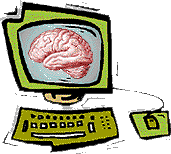
"You link to my site; I will
link to
your
site."
- Invite the Public
Often public demand for BAW events exceeds an
organization's ability to accommodate everyone. For these popular events,
an organization may have to restrict participation to a limited number of
people. It is possible to create a web site with an electronic
"invitation" or application to gauge public interest for a particular BAW
event. Such an electronic invitation can be in the form of an online
application that can be returned to event organizers via e-mail or an
offline application that people can print out and return to event
organizers by regular mail.
- Provide Information and Materials
If people must travel to your
institution for BAW activities, they will need driving directions, parking
instructions, and building/room information. Rather than mailing this
information, you can post this information on your web site. You can even
include maps on your web site for people coming by car or bus. Maps can
also be used to help people find buildings and rooms in which BAW events
will take place.
Some people who come to your program may have other questions. It is
always a good idea to include an e-mail address of a contact person on all
web sites, posters, newsletters, and flyers that will be distributed to
the public. With the widespread use of e-mail, many inquiries about your
BAW program can be answered at your own convenience. Of course, a
telephone number of a contact person should be included for those
individuals without e-mail access.
Because many people may not be able to attend your BAW program and you may
not be able to accommodate everyone who is interested in attending , it is
still possible for you to provide these people with BAW materials that you
develop. For example, you can create neuroscience-related activities,
games or lesson plans for teachers who are unable to come to your events.
Promotional items, such as bookmarks, with your institution?s BAW logo can
be distributed via web sites. If you do not have any materials to share
via the web, you can always direct people to web resources with such
material. Web sites with this type of material include:
- Reward Sponsors
University and corporate support of BAW is
essential to the development and maintenance of innovative BAW
activities.
Of course, fund raising is one of the most difficult aspects of developing
outreach activities. One way to recruit potential sponsors is by
rewarding them for their participation. The exposure that sponsors
receive by having their name on all print material and web sites is often
sufficient incentive for sponsorship. Furthermore, providing potential
sponsors with estimates of the number of people who will be exposed to
materials with their names may convince them to support your projects.
One strategy utilized by commercial web sites is a fee for posting
sponsor banners or logos. Although I have never used this approach, some
organizations and businesses may be more willing to contribute to your BAW
activities if they know exactly what they will receive in return for their
sponsorship. A fee schedule for banners of specific sizes for a specific
time period may appeal to these potential sponsors. Make sure that your
university or organization permits this type of "advertising" on web sites
before using this method.
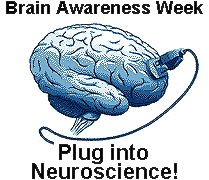
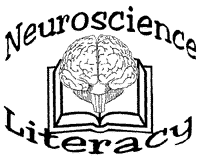 What is the best way to talk to public? How do you speak to K-12 students,
teachers and the media? What activities make a successful BAW program?
What have other groups and organizations tried? These questions and
others like them are answered on various web sites. For example, the Society for Neuroscience (SfN) Public
Education and Communication Committee has compiled several reports to
assist neuroscientists who venture into K-12 classrooms.
What is the best way to talk to public? How do you speak to K-12 students,
teachers and the media? What activities make a successful BAW program?
What have other groups and organizations tried? These questions and
others like them are answered on various web sites. For example, the Society for Neuroscience (SfN) Public
Education and Communication Committee has compiled several reports to
assist neuroscientists who venture into K-12 classrooms.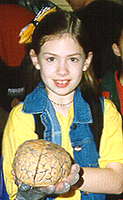



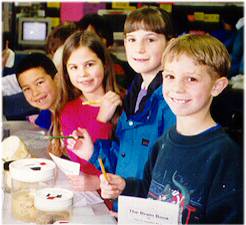
![[email]](./gif/menue.gif)


